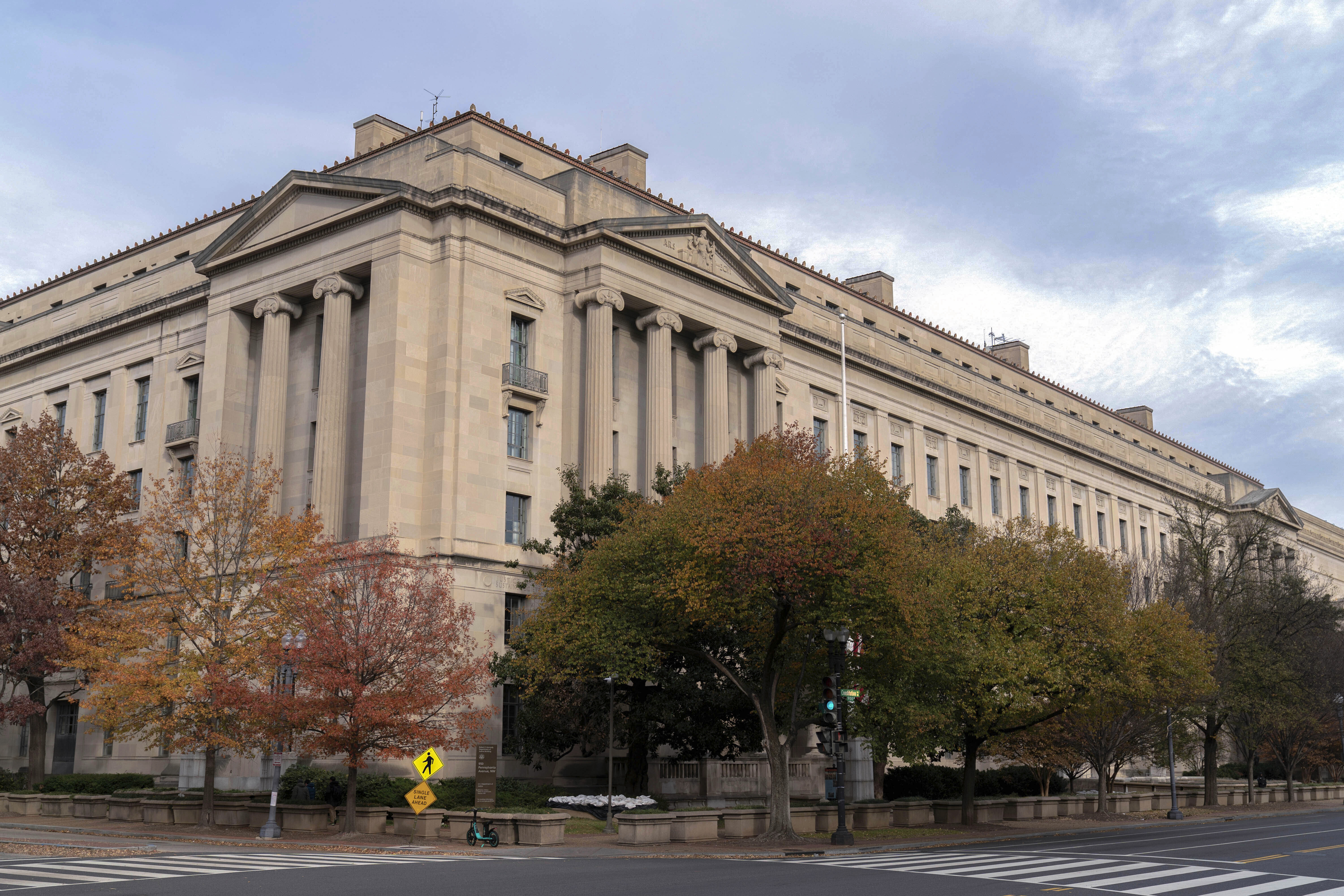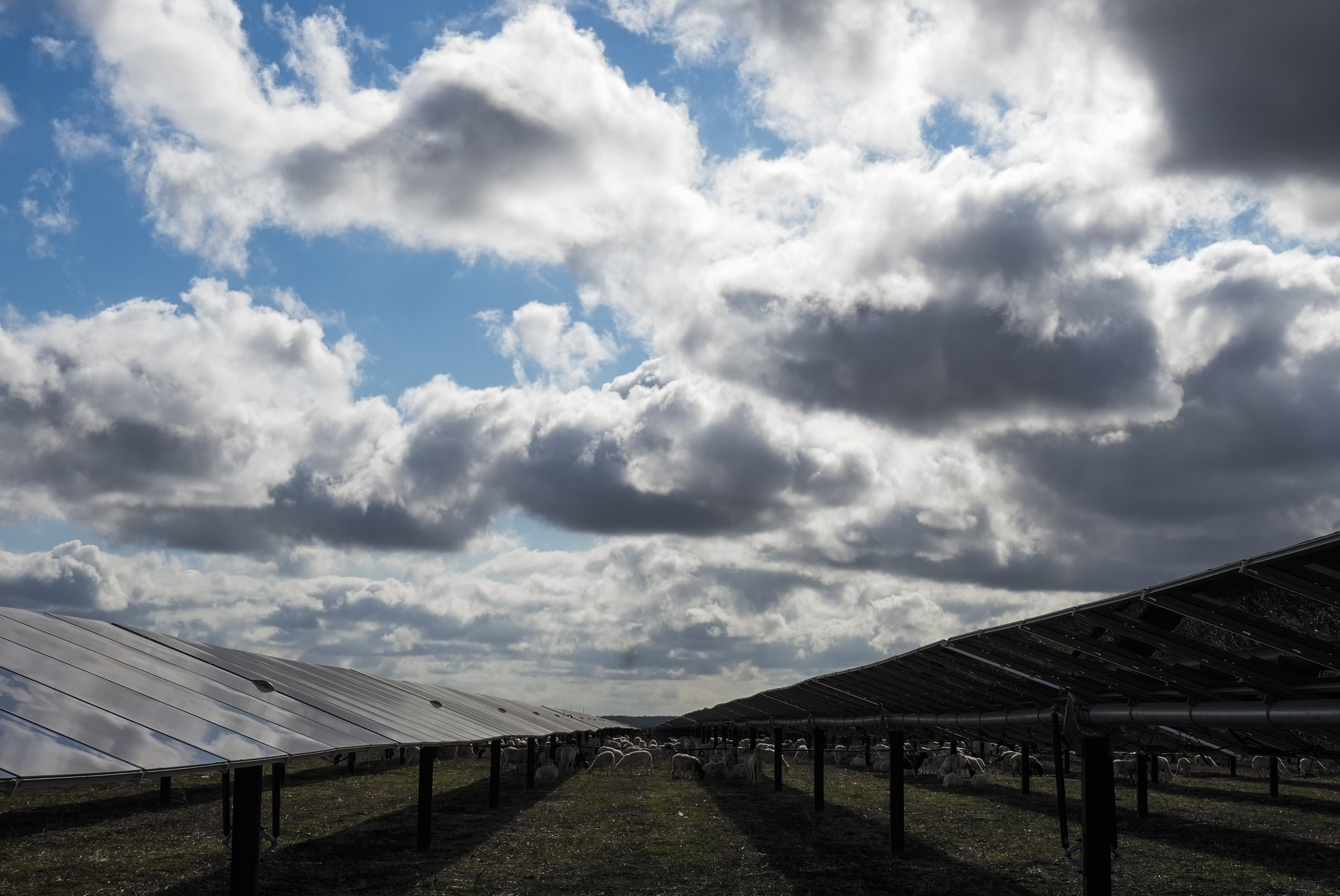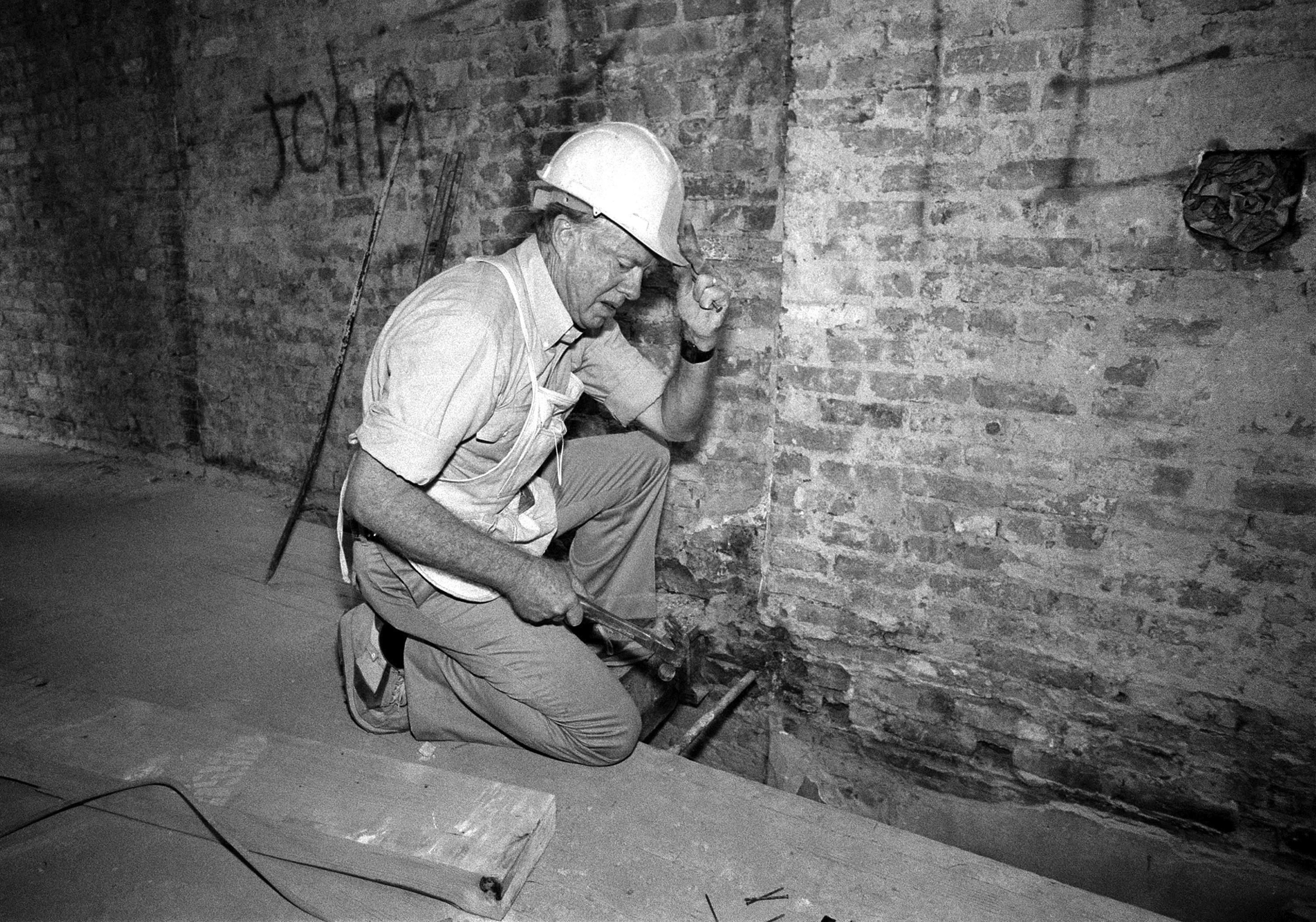YELLOWSTONE, Wyo. (KTVX) — Part of Yellowstone National Park has been shut down after officials say a hydrothermal explosion scattered debris and destroyed a nearby boardwalk that visitors were standing on.
Shortly after 10 a.m. MT on Tuesday, there was a “localized hydrothermal explosion” near the Sapphire Pool in Biscuit Basin, a few miles north of Old Faithful.
No injuries were reported as a result of the explosion and the officials are still assessing the extent of the damage.
In a video posted to social media, which you can watch at the top of this story, gray and black debris can be seen flying into the air and toward the boardwalk. Initially, visitors can be seen standing on the boardwalk and record the event on their phones before running from the explosion as debris begins to fall from the sky.
Smoke can then be seen billowing into the sky as steam rises from the pool of water. Within moments, the scene seemed to return back to normal. A second video after the explosion shows the damaged boardwalk as the steam continued to lift from the muddy waters.
Authorities shared the photos below showing the damaged boardwalk. Much of the railing has been destroyed while the walkway is covered in debris.


Biscuit Basin, including the parking lot and boardwalks, has been temporarily shut down for safety reasons. Park officials said the Grand Loop Road still remains open.
While some on social media claim an explosion like this has never happened before, park officials said in a statement that Biscuit Basin experienced a similar event in 2009, while nearby Norris Geyser Basin saw a small hydrothermal explosion in April.
What is a hydrothermal explosion?
Hydrothermal explosions are described as “violent and dramatic events” by the U.S. Geological Survey. These explosions can reach incredible mile-high heights and spew boiling water, steam, mud, and rock fragments more than two miles out from the epicenter.
“Hydrothermal explosions occur where shallow interconnected reservoirs of fluids with temperatures at or near the boiling point underlie thermal fields,” USGS explained. “These fluids can rapidly transition to steam if the pressure suddenly drops. Since vapor molecules take up much more space than liquid molecules, the transition to steam results in a significant expansion and blows apart surrounding rocks and ejects debris.”
As daunting as they may sound, they’re common in Yellowstone and typically occur within the Yellowstone Caldera and along the Norris-Mammoth tectonic corridor in Montana.
While officials with Yellowstone and USGS are continuing to monitor the situation, they note that Tuesday’s explosion “does not reflect a change in the volcanic system” in the area. Instead, the system “remains at normal background levels of activity.”
“Hydrothermal explosions like that of today are not a sign of impending volcanic eruptions, and they are not caused by magma rising towards the surface,” officials with USGS and Yellowstone said in a joint statement shared with Nexstar.

























